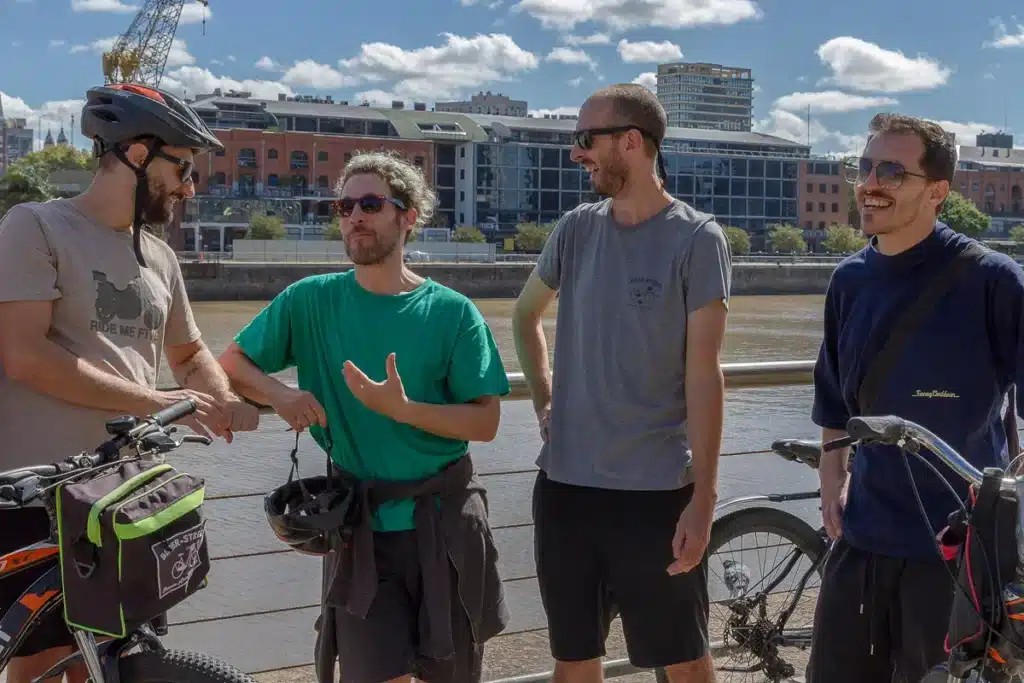We last reviewed this post on September 23th, 2025
Planning your first trip to Buenos Aires? Whether you’re a seasoned traveler or a curious first-timer, this vibrant city will surprise you at every corner. From navigating the streets to understanding local customs, this guide will help you get ready for an unforgettable adventure. We’ve organized the most important information into five key sections so your planning feels as smooth as a tango step.
1. Money Matters: Currency, Cash & More
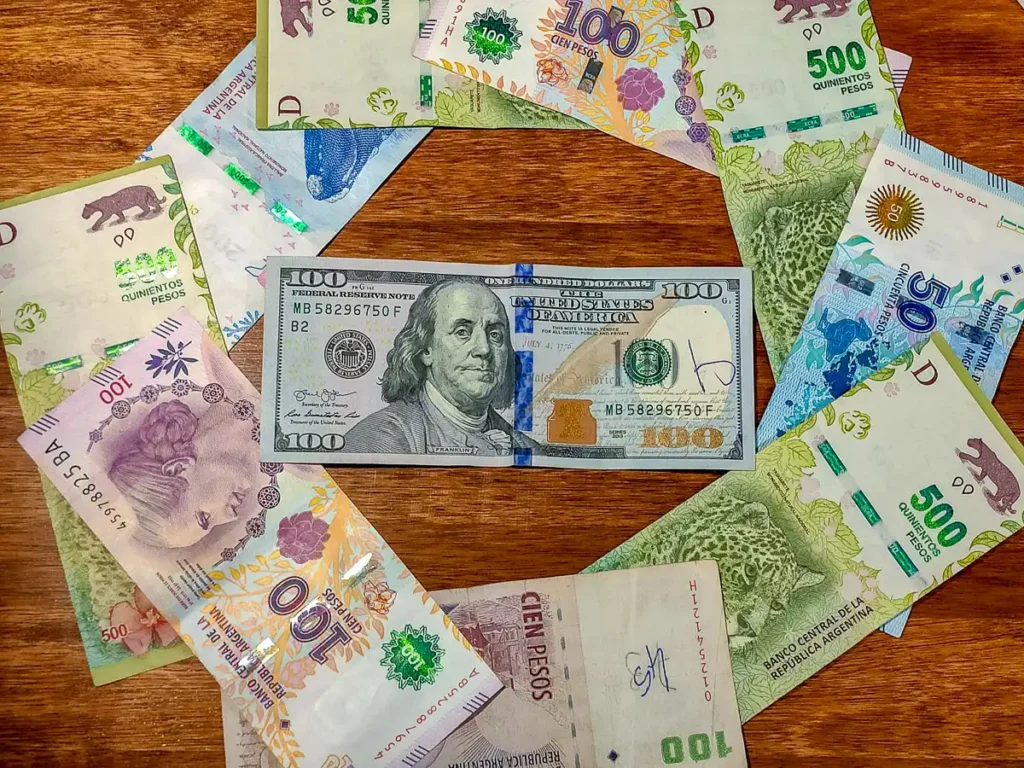
The Local Currency
The official currency is the Argentine Peso (ARS). While some tourist-friendly spots may accept US dollars or Euros, pesos are essential for daily expenses. Street vendors, small cafés, and many taxis are cash-only. Think of pesos as your ticket to the city’s authentic side — empanadas and medialunas from a local bakery, or a mate as a souvenir.
Understanding the Dólar Blue
The exchange rate can be tricky. The most favorable rates usually come through an unofficial market, often referred to as the dólar blue. You can access a good rate in two main ways: either by bringing US dollars or Euros in cash to exchange at a “money exchanger” on the street, or by using a service like Western Union to transfer money from your home bank account and pick it up in pesos. This second option means you don’t have to carry a large amount of cash with you. [link to Dolar Blue Article]
ATMs in Buenos Aires: Fees & Tips
ATMs are easy to find but not always traveler-friendly. They usually have low withdrawal limits and high fees, sometimes up to 10–25% per transaction. Many visitors prefer bringing some cash in USD or EUR and exchanging it locally. If you do use an ATM, try to withdraw larger amounts less often to minimize fees.
Tipping in Argentina
Tipping is part of the local culture, though it’s not excessive. In restaurants, 10% is the norm. For taxi drivers, rounding up the fare is a nice gesture. Guides and other service staff also appreciate tips as a gesture of thanks for a great experience.
2. Getting Around Buenos Aires: Public Transport & More
Navigating the city is a key part of your adventure. Buenos Aires is big, and knowing your way around will help you make the most of your time. Pro Tip: Keep in mind that traffic is a part of daily life here, so regardless of your transportation method, always allow extra travel time if you have a reservation or need to be somewhere at a specific hour.
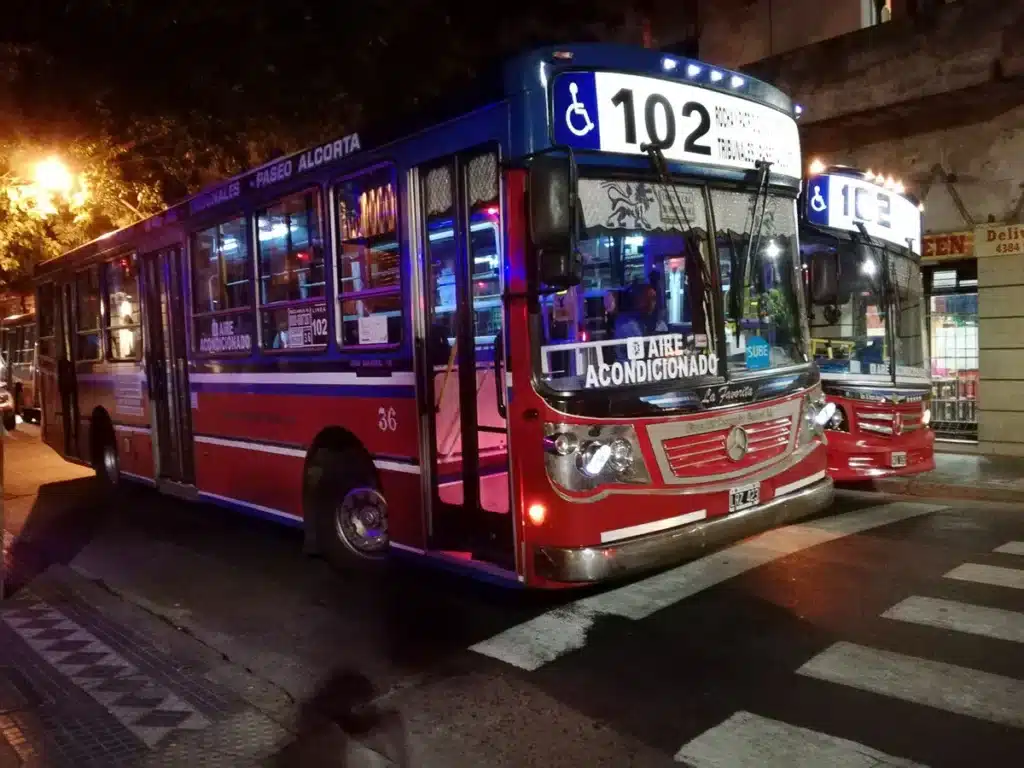
Navigating the Airports
– Ezeiza (EZE): International flights. It’s about an hour from the city.
– Aeroparque (AEP): Domestic and regional flights, much closer to the center.
From Ezeiza, your options include the Tienda León bus, taxis, or the public bus line 8 (cheapest but slowest). From Aeroparque, buses and taxis are plentiful and less expensive.
– Aeroparque (AEP): Domestic and regional flights, much closer to the center.
From Ezeiza, your options include the Tienda León bus, taxis, or the public bus line 8 (cheapest but slowest). From Aeroparque, buses and taxis are plentiful and less expensive.
Public Transportation
The city’s network includes the Subte (subway) and an extensive bus system. The great news for travelers is that you can now pay for your trip directly with a contactless credit or debit card at the turnstiles, which is a big plus.
Taxis & Rideshares
Taxis are affordable compared to many other capitals. Always check that the meter is running. Apps like Uber and Cabify are widely used and can be a convenient alternative.
3. Staying Safe in Buenos Aires: Insider Tips
Buenos Aires is generally a safe city, but like any large urban area, it’s important to be aware of your surroundings to avoid petty crime. A little common sense goes a long way. Think of safety here like dancing tango: stay aware of your partner (the city), and you’ll move smoothly together.
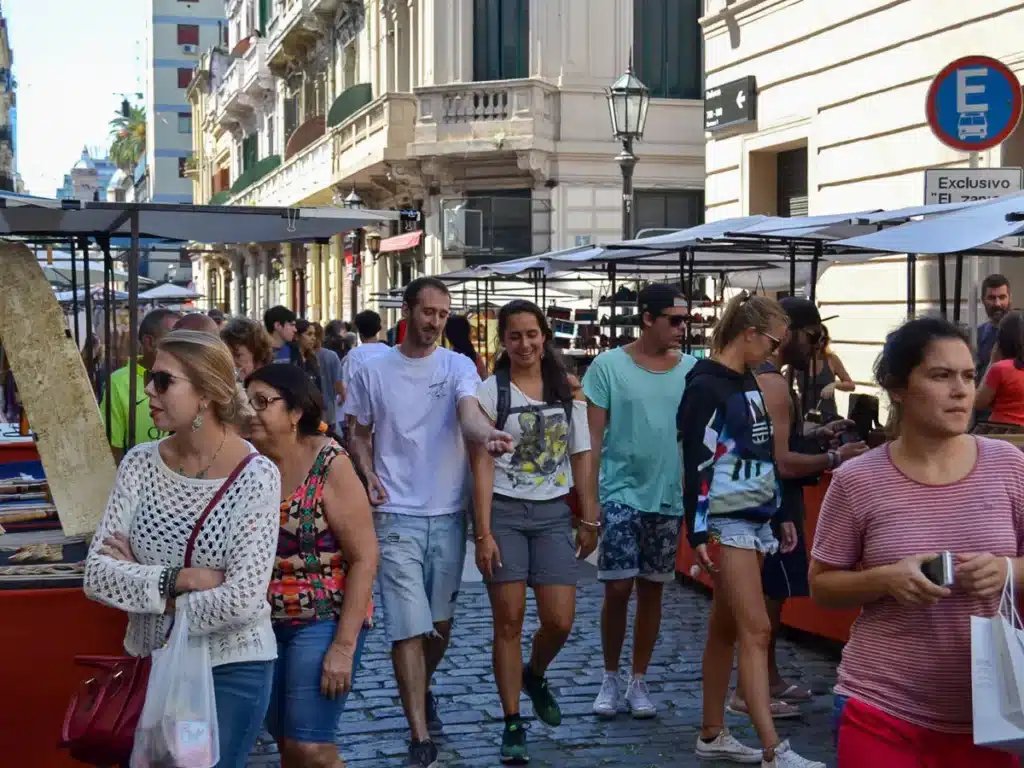
- Be Aware of Pickpockets
4. When to Visit: Weather & Seasons
Buenos Aires has four distinct seasons, each with its charm. The best time to visit depends on what you want to experience, but one thing is certain: the weather is always good for a bike ride!
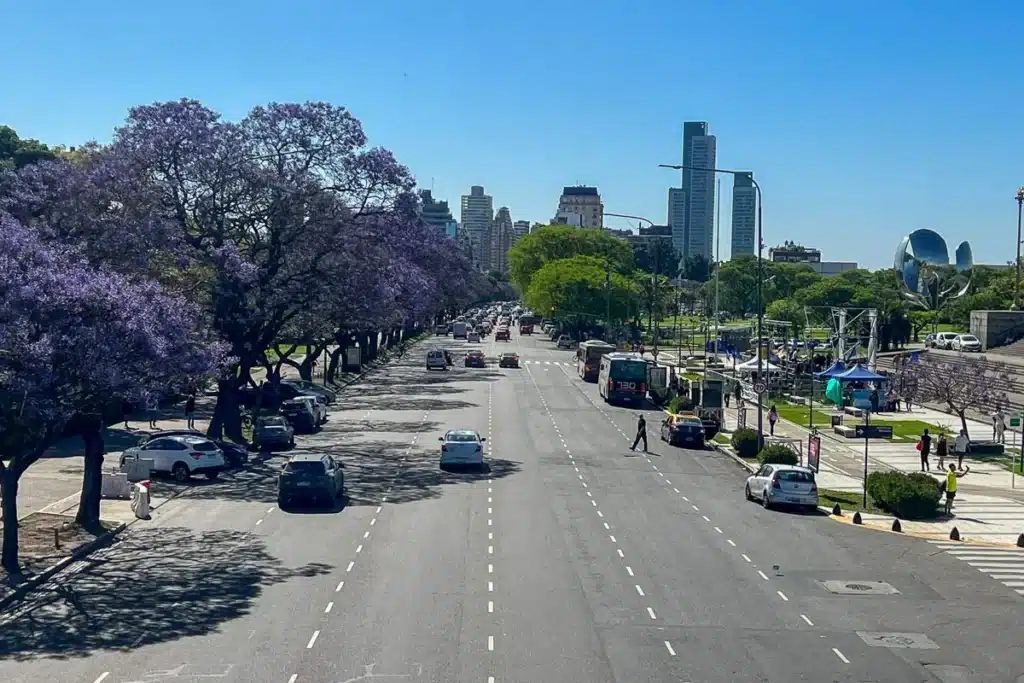
- Summer (December–February): Hot and humid, with temperatures often reaching over 30°C (86°F). This is the liveliest season, but it can be quite intense.
- Autumn (March–May): A beautiful time to visit. The weather is mild and pleasant, with temperatures around 15-20°C (59-68°F).
- Winter (June–August): Cool but not freezing. Temperatures are generally around 10°C (50°F), but the humidity can make it feel colder. Bring a warm jacket.
- Spring (September–November): One of the best times to visit. The weather is similar to autumn—mild and perfect for exploring the city.
5. Other Practical Tips for Your Trip
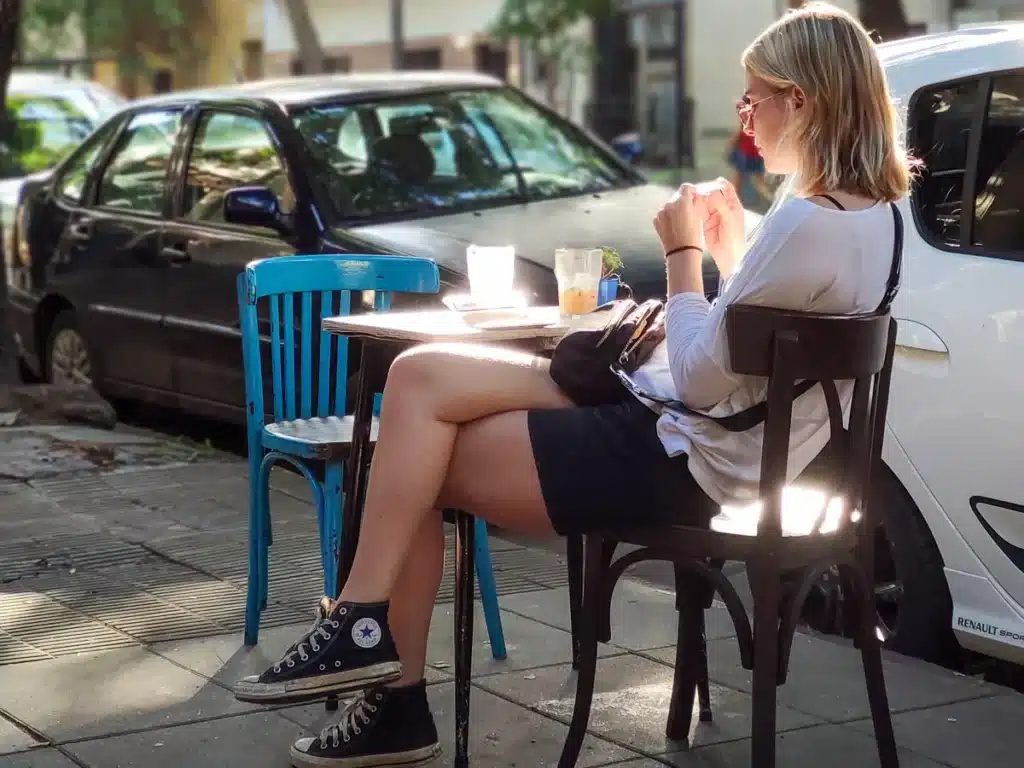
Stay Connected in Buenos Aires
Free Wi-Fi is common in cafés and restaurants. For constant internet access, consider a local SIM card or an eSIM before arriving. Both are easy options to stay online for maps, rides, or keeping in touch.
Speak the Language
While many locals in tourist areas speak some English, learning a few Spanish basics goes a long way.
Porteños (as locals are called) appreciate the effort, and you’ll connect more easily. Here are a few phrases to get you started:
– Che (say: “chay”) – A friendly word to get someone’s attention, like “Hey!” or “buddy.”
– ¿Todo bien? (say: “toh-doh bee-en”) – “Everything okay?” A common, informal greeting.
– Un cortado, por favor (say: “oon kor-tah-doh, por fah-vor”) – “A cortado, please.” This is a classic local coffee order
Porteños (as locals are called) appreciate the effort, and you’ll connect more easily. Here are a few phrases to get you started:
– Che (say: “chay”) – A friendly word to get someone’s attention, like “Hey!” or “buddy.”
– ¿Todo bien? (say: “toh-doh bee-en”) – “Everything okay?” A common, informal greeting.
– Un cortado, por favor (say: “oon kor-tah-doh, por fah-vor”) – “A cortado, please.” This is a classic local coffee order
Health & Wellness
Tap water in Buenos Aires is safe to drink. The public health system is excellent and even accessible to tourists, though travel insurance is still recommended for peace of mind.
Walk This Way
Buenos Aires rewards those who explore on foot. Each neighborhood has its own personality, with cobblestones, murals, and cafés waiting to be discovered. Comfortable shoes are your best travel companion.
Conclusion
Buenos Aires is a city that mixes elegance and energy, history and modern life. From Recoleta’s quiet charm to Palermo’s vibrant nights, you’ll find a story in every barrio.
By keeping these five essential tips in mind, you’ll spend less time worrying about logistics and more time enjoying empanadas and tango. If you want to dive even deeper into the culture, join one of our bike tours. We’ll show you the hidden gems and give you a special mate masterclass so you can learn how to prepare this famous drink like a pro!
